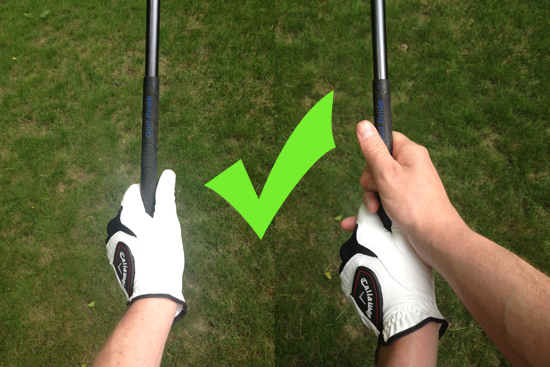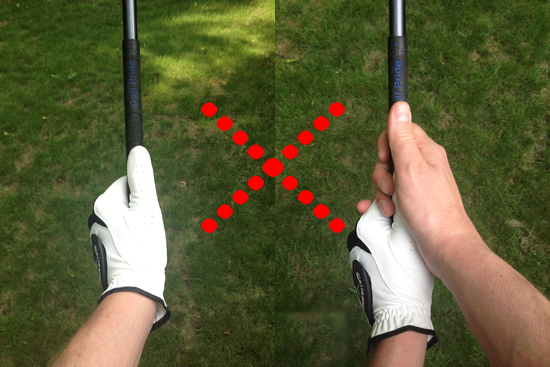We do not have to stripe every drive 300 yards down the center of the fairway to be a good golfer. In fact, not even the best golfers in the world on the PGA Tour do that.
However, the tee shot is the most important shot of the hole.

We have a perfect, flat lie for the first shot of every hole. We even get to place the ball on a tee. We need to take advantage and put ourselves in a good position for our second shot.
We can also get in the most trouble with our tee shot. The big clubface of the driver lends itself to wild shots when we mishit. The length of our drives also makes it easy to reach danger on either side of the fairway.
Many beginner and high-handicap golfers have the dreaded slice with their driver. It’s important to know the ball flight laws that cause a slice so we can have the self-awareness to know the cause of our shot shapes. You could watch the large amount of YouTube video dedicated to helping golfers fix their slice. While you do get a great deal of satisfaction in correcting swing issues on your own, the fastest and easiest way to correct your slice is with lessons from a PGA Teaching Professional.
While keeping our drives out of trouble should be the priority, we need to be getting the most distance that we are capable of off the tee. There is no substitute for distance off the tee.
There is an old saying in golf – “Drive for show and putt for dough”. Putting has long been seen by many in the golf community as the most important area of the game. All areas of the game are important. However, strokes gained stats have shown that distance off the tee is the biggest contributor to success on the PGA Tour. Maybe surprisingly, distance off the tee is even more important in the amateur game.
Increasing your clubhead speed is the way to increase your distance. You gain 2.5 to 3 yards for every mile per hour you increase your driver clubhead speed. That add up to 12 to 15 yards on a 5 MPH clubhead speed increase. That’s a significant difference on the course.
Work on improving all areas of your game but focus on accuracy and distance off the tee. It is the quickest way to shave strokes off your scores. The first shot of each hole is so important to give you an opportunity of scoring well on the hole.
Similarly, the first hour of your day sets the tone for the rest of it. While you can read your Bible at any time, first thing in the morning works best for many. You’re giving the first part of your day to God, reading His living word.
David prays in Psalm 143 that he trusts God and asks God to show him the way.
By being with God through prayer and scripture to start our day, we are setting ourselves up to walk out the day according to His will.



